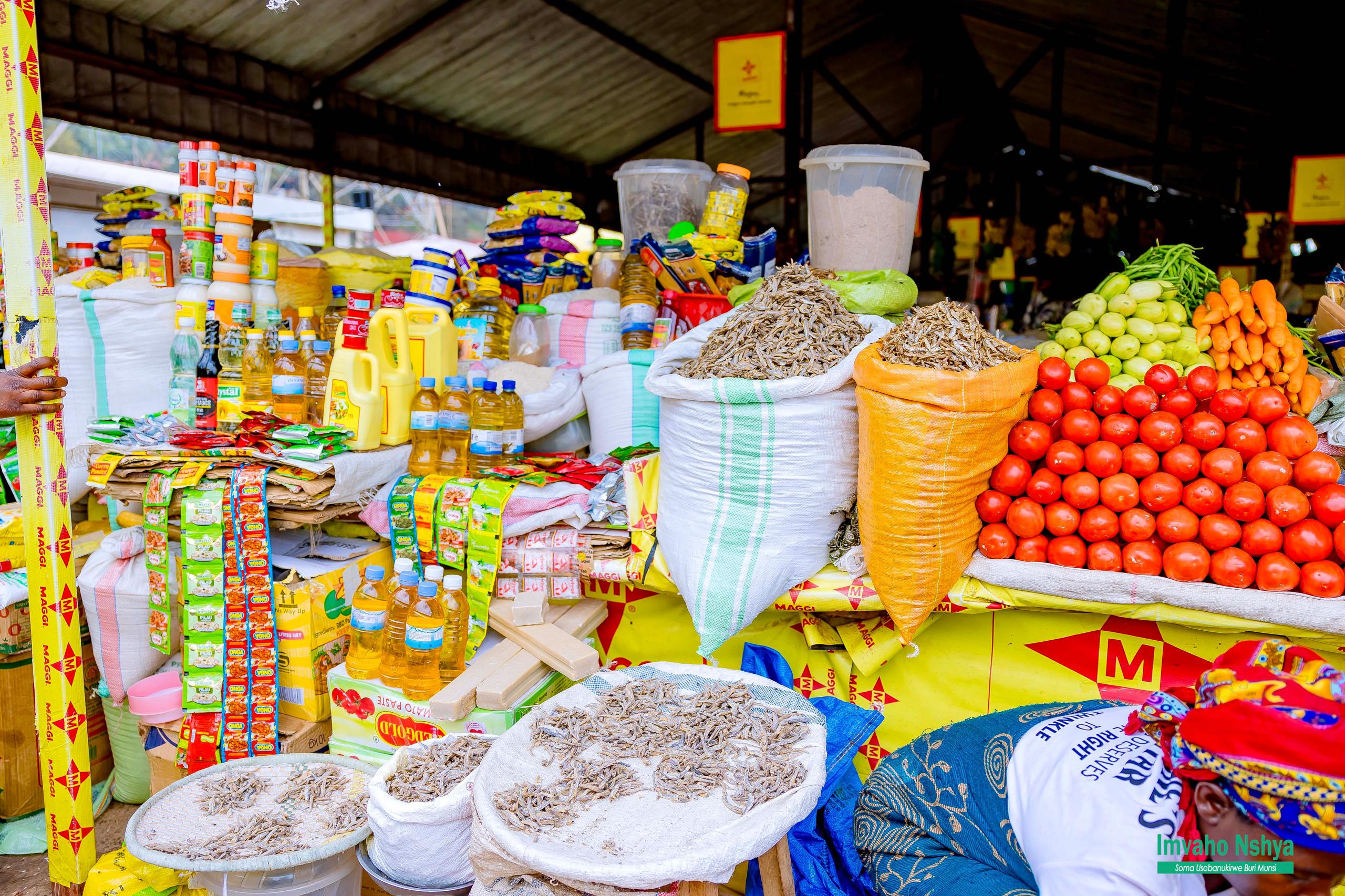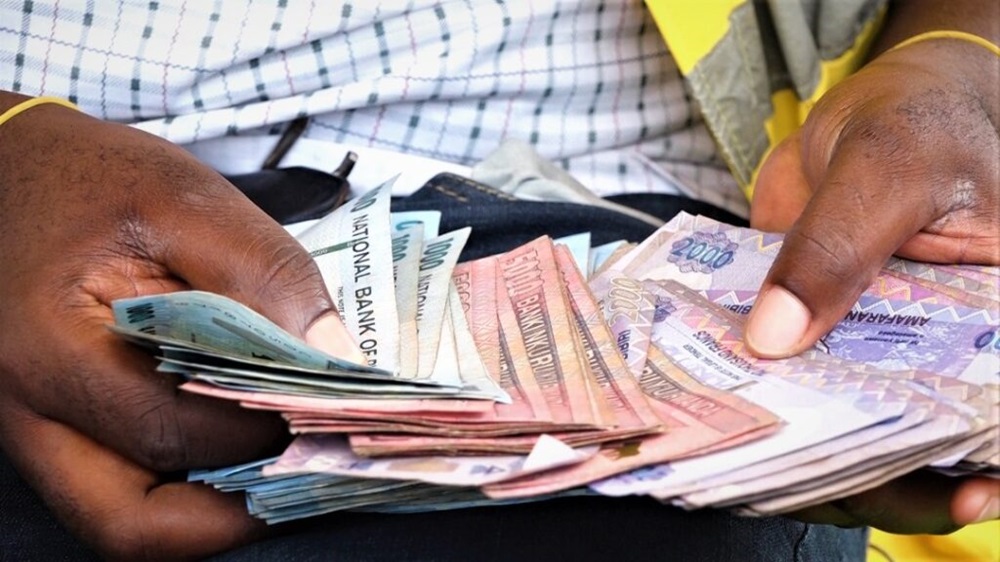In many African countries, especially among low-income citizens, most people don’t understand how currency value is measured. They don’t know what it means when people say the currency has depreciated or appreciated. Many also don’t know the causes behind such changes. Rwanda is no exception; many citizens lack this basic economic knowledge.
This article explains how you can recognize if a country’s currency has lost or gained value, what causes such fluctuations, and what Rwanda can do to prevent further depreciation or even improve the value of its currency.
What Does Currency Depreciation Mean?
Currency depreciation occurs when a specific currency, which once had the power to purchase certain goods in the market, gradually loses that purchasing power. Let me give you an example to clarify:
Do you remember the period between 2010 and 2018? At that time, one kilogram of Irish potatoes would cost around 200 Rwandan Francs (Rwf), sometimes even 150 Rwf or less. Occasionally, it would go below 100 Rwf.
Then came the COVID-19 pandemic. Everything was shut down—people lost jobs, borders were closed, and food supplies ran low. People began panic-buying in large quantities. This led to an unprecedented rise in prices in Rwanda.
After the prices surged, Irish potatoes started costing 800 Rwf per kilogram. Imagine, something that cost 200 Rwf just a few years earlier suddenly jumped to 800 Rwf. This didn’t happen only to potatoes—it affected everything. Rice that cost 800 Rwf per kg went up to 2,000 Rwf. Sugar increased from 800 Rwf to 2,200 Rwf. Cooking oil rose from 1,200 Rwf to 2,400 Rwf. Maize flour went from 400 Rwf to 1,200 Rwf, among many others.
This means the amount of money you would take to the market in 2018 could no longer buy the same goods in 2019 and beyond.
I personally remember a time when 10,000 Rwf would be enough for a family to buy:
-
10 kg of potatoes (1,500 to 2,000 Rwf)
-
5 kg of maize flour (1,800 to 2,000 Rwf)
-
1 kg of sugar (800 Rwf)
-
1 liter of cooking oil (1,200 Rwf)
-
Porridge flour
-
Plantains and other essentials
In short, just 5,000 Rwf could feed a family for an entire week. After COVID-19, that changed dramatically. Now, even 3,000 Rwf isn’t enough for a single meal. For example:
-
4 kg of potatoes = 3,200 Rwf
-
300 Rwf cooking oil
-
2 kg of beans at 700 Rwf/kg = 1,400 Rwf
-
100 Rwf for onions
That adds up to 4,900 Rwf—barely enough for a basic meal for one day.
Key Causes of Currency Depreciation
Now that we understand what currency depreciation is, let’s examine the main causes:
1. Border Closures
When borders are closed, import and export activities are disrupted. This limits access to foreign goods and reduces Rwanda’s export earnings. It leads to supply shortages, which cause prices to rise—a situation called inflation. As prices rise, the currency’s value decreases, since you need more money to buy the same goods.
2. Economic Decline
If a country’s economy is weak—due to reduced productivity, low export volumes, or external shocks—its currency loses value. When a country imports more than it exports, the demand for foreign currency rises, weakening the local currency.
3. Inflation and Wage Increases
As market prices go up, workers demand higher salaries. For example, construction workers (masons) who used to earn 5,000 Rwf per day now earn 12,000 Rwf, while helpers moved from 2,000 Rwf to 5,000 Rwf. Although this looks like progress, it increases the amount of money circulating in the economy, further pushing prices up and reducing the currency’s value.
4. Increased Use of Foreign Currency
When people prefer to use foreign currency (like USD or Euros) for transactions inside the country, it devalues the local currency. If many people exchange Rwandan Francs into dollars illegally or store savings in foreign currency, the Rwandan Franc becomes weaker due to reduced demand.
What Can the Government Do to Restore the Value of the Rwandan Franc?
Though restoring a currency’s full value is difficult, here are some effective steps Rwanda’s government can take to mitigate depreciation and rebuild strength in the Franc:
1. Stabilize Inflation
The government can implement policies that stabilize prices—such as controlling basic commodity costs, subsidizing essential goods, and managing money supply to prevent too much cash from flooding the economy.
2. Increase Local Production
Encouraging local industries to produce more food and essential goods will reduce dependency on imports. When more is produced locally, the country spends less foreign currency and earns more from exports.
3. Promote Exports
Rwanda must diversify its export base and find more international markets for products like coffee, tea, minerals, and tourism services. This boosts foreign exchange reserves and supports the local currency.
4. Limit Excessive Government Borrowing
When a government borrows heavily—especially from foreign creditors—it weakens the currency and can lead to higher inflation. Keeping debt levels manageable is key.
5. Encourage Use of Rwandan Franc
Policies should discourage internal use of foreign currencies. For example, requiring all goods and services to be priced and paid for in Rwandan Francs increases its demand.
6. Support Small and Medium Enterprises (SMEs)
Boosting SMEs can increase job creation and productivity, leading to a stronger economy and a more stable currency.
7. Invest in Agriculture and Manufacturing
Rwanda should invest more in value addition—processing local produce and reducing imports of processed foods. This improves the trade balance and reduces pressure on the Franc.
Possible Side Effects of Government Measures
While government intervention is necessary, it can also bring challenges:
-
Price controls may discourage producers if profit margins shrink.
-
Raising interest rates to fight inflation may reduce investment and business growth.
-
Limiting imports can cause shortages of certain goods in the short term.
-
Currency regulations may lead to a black market for foreign exchange.
-
Subsidies can strain the national budget if not managed wisely.
The depreciation of the Rwandan Franc is not a sudden or random event—it results from a combination of factors like inflation, economic shocks, overuse of foreign currencies, and more. While recovering its former value is difficult, Rwanda can still take bold, strategic steps to stabilize and improve its currency.
By increasing local production, supporting exports, controlling inflation, reducing imports, and promoting the use of the Franc within its borders, Rwanda can gradually restore confidence in its currency. Citizens must also be part of the solution—through responsible spending, support for local goods, and understanding the real value of money.
A strong currency is a sign of a healthy economy, and Rwanda has the potential to achieve that goal with collective effort and sound economic policies.



Post Comment